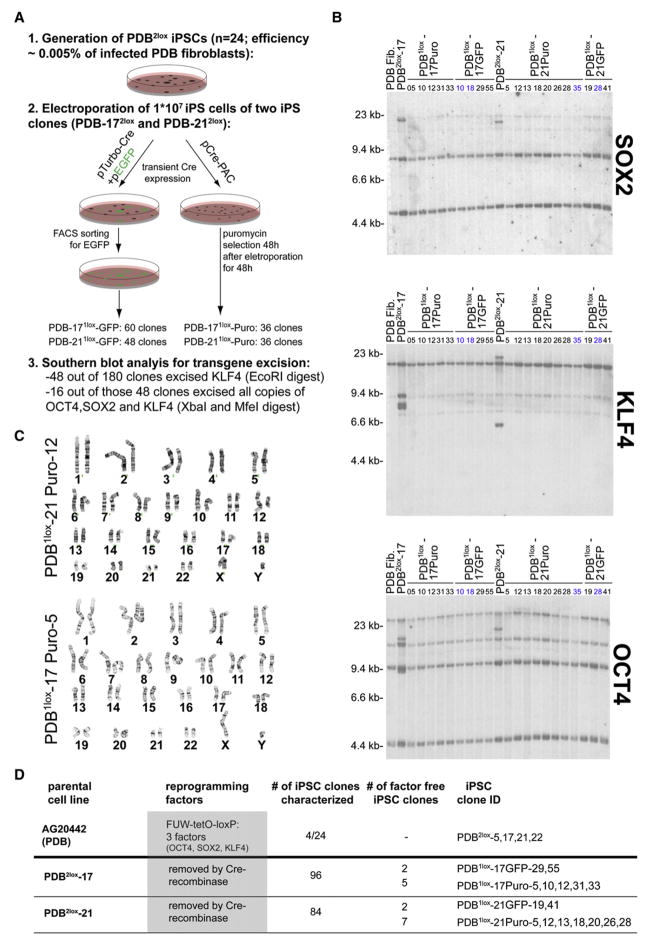Figure 5. Generation and Characterization of Reprogramming Factor-free hiPSCs.
(A) Schematic overview of Cre-mediated excision of the transgenes to generate reprogramming factor-free hiPSCs. IPS PDB2lox cells were derived with FUW-tetO-loxP lentiviral vectors transducing three reprogramming factors, OCT4, KLF4, and SOX2.
(B) Southern blot analysis for proviral integrations of parental fibroblasts (PDB), provirus-carrying PDB2lox clones (PDB2lox-17 and PDB2lox-21), and the indicated PDB1lox clones after Cre-recombinase-mediated excision of the transgenes. Puro indicates PDB1lox clones, which were isolated by puromycin selection; GFP indicates PDB1lox clones isolated by FACS sorting for EGFP (as shown in [A]). Genomic DNA was digested with XbaI and probed for proviral integrations using 32P-labeled DNA probes against OCT4, KLF4, and SOX2. PDB1lox clones indicated in blue were disregarded because of remaining transgene integrations based on the MfeI digest shown in Figure S5.
(C) Cytogenetic analysis of hiPSC lines PDB1lox-17Puro-5 and PDB1lox-21Puro-12 shows normal karyotype after Cre-mediated excision of the transgenes.
(D) Summary of the generation of factor-free hiPSCs.

